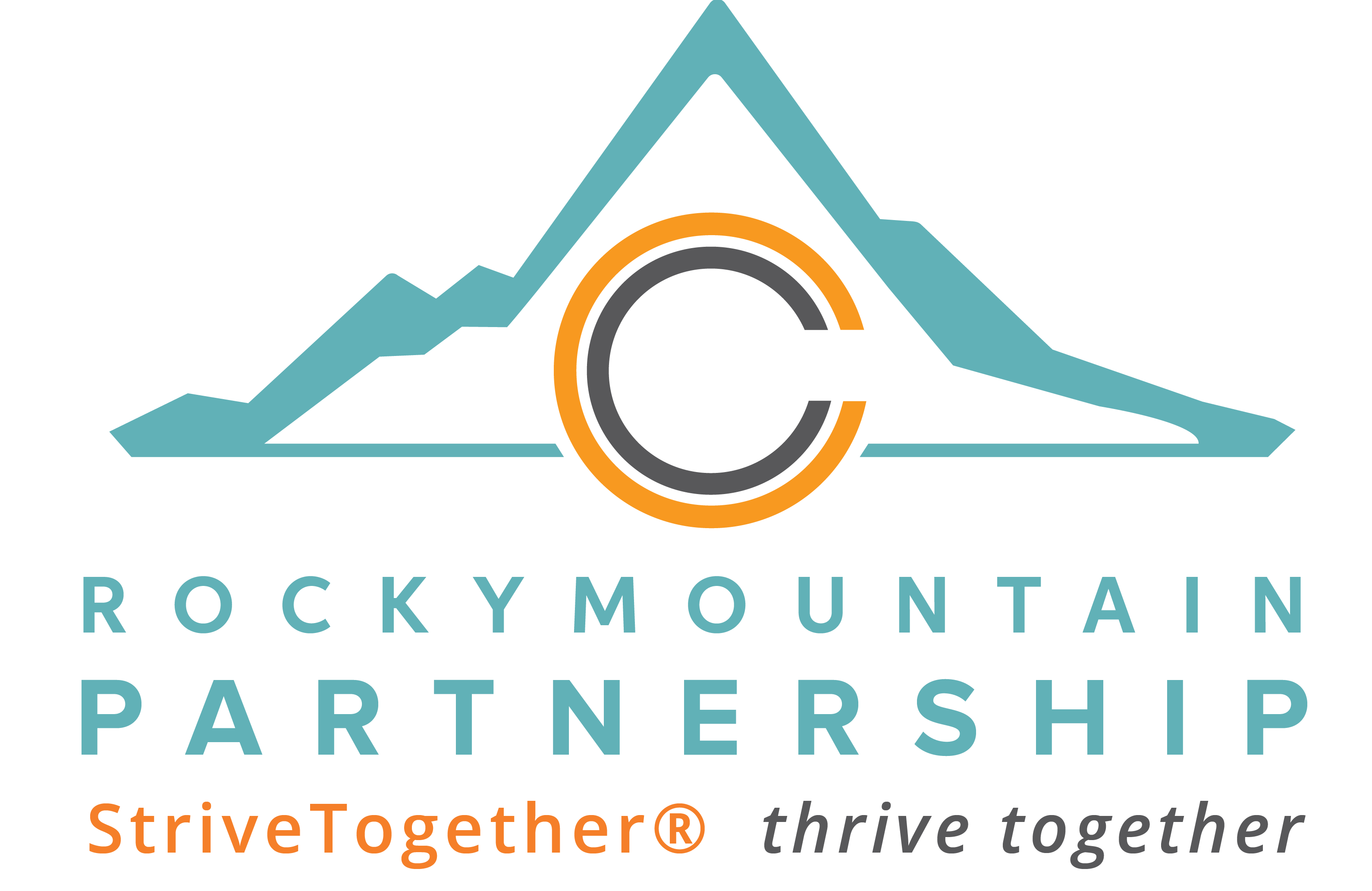
| Skills & Credentials Data Hub | Housing Data Hub | Opioid Abatement Data Hub | |||
| View Now | View Now | View Now |
 |
Skills & Credentials Data Hub |
| What is the problem the Rocky Mountain Partnership (RMP) is working to address?
Not enough community members are earning the skills and credentials needed to enter high growth, high-demand, good-paying jobs (also known as Top Jobs). Less than 40% of community members in the RMP region have some sort of credential or degree, and there’s no current way to understand specifically how many have non-traditional certificates or credentials due to data limitations. Without these skills and credentials, positions in high-demand industries remain unfilled and community members have limited options for entering jobs at an income that will help them support themselves and their families. What is RMP doing to address this problem? One of the biggest opportunities is to get community members connected to pathways to these skills and credentials. At this time, there is no comprehensive picture of what pathways aligned to these Top Jobs already exist in this region from K-12 all the way through employment, how many learners are on them, and what additional pathways are needed. To this end, RMP is driving efforts to visualize these existing pathways and help partners understand what’s happening along them in order to increase synergy in their work to better connect and support community members along these pathways, from K-12 all they way through employment. Even when some pathways are available for community members, school districts and community colleges lack the financial resources to offer, improve, and expand opportunities to gain these skills and credentials. To this end, RMP is driving efforts to increase funding for school districts and community colleges across the region. Data Sources: Credential Attainment: U.S. Census Bureau American Community Survey 5-Year Estimates, Table S1501 Educational Attainment Visit the Data Hub by clicking HERE. |
 |
Housing Data Hub |
|
|
What is impacting housing?
The current supply of affordable housing does not meet the demand for community members who need it. Over 96,000 more people live in the RMP region than did in 2010, many of whom are community members of color, young adults, and community members without a post-high school credential. This includes 22,000 people since 2019! Despite the massive influx of people into this community, there are 350 less houses listed for sale annually and only about 1,000 more affordable units created during that same time period. This is not enough to meet the demand for community members who need them. Housing costs have skyrocketed, which means even when units are available, many community members struggle to afford them. With a third of households in this region earning less than $50,000 per year, even renting a one bedroom apartment is out of reach for many community members. You would have to work 84 hours per week at minimum wage to afford to rent modest one bedroom apartment. That’s the equivalent of holding 2.1 full time jobs! This means our community members who work and serve our region across critical industries cannot afford to live here. What action will we take to address these factors and barriers?
Visit the Data Hub by clicking HERE. |
| Opioid Abatement Data Hub |
| What is the challenge the Rocky Mountain Partnership (RMP) is working to address?
As underscored by the Colorado Attorney General’s Office, “Opioid overdoses and addiction have devastated families and communities throughout Colorado, and this crisis poses a serious threat to the state’s public health, safety, and economy.” Colorado has lost over 3,900 people to opioid-related overdose deaths in the past five years, including over 500 Adams County community members. This means that one out of every eight deaths is an Adams County community member, despite Adams County only making up 9% of the state’s population. One of the most difficult parts of this deadly crisis is the fact that it continues to evolve. Once characterized largely by prescription opioids, the rise in the use of synthetic opioids over the past couple of years, in particular fentanyl, has further exacerbated this crisis. Fentanyl is currently the number one cause of opioid-related deaths in our region. Since 2020, 70% of all opioid-related deaths in Adams County involved fentanyl, including 80% of deaths last year alone. This crisis impacts everyone: individuals, families, our workforce, and the larger community. It can serve as a major barrier for community members to obtain the credentials and skills, and obtain and retain employment at a wage that allows them to support themselves and their families. It also can impact the safety and well-being of families, including increased risks of perinatal substance use disorder and engagement with the child welfare system. And on a larger scale, it has had devastating impacts on the economy when it comes to costs associated with health care, lost productivity and the workforce, and the general value of lives lost. And while this crisis continues to rise, it’s clear that more supports is needed to address it. This community does not have nearly enough programs to support treatment and recovery (including within the criminal justice system); intervention; prevention and education; and harm reduction. As of 2020, our state had only around 15-20% of the total drug treatment capacity we need. Learn more in the following tabs at the top of this Data Hub:
What is RMP doing to address this challenge? RMP is working to reduce opioid overdose deaths and close disparity gaps by supporting a Regional Council that distributes funding from state litigation settlements in a way that will have the most impact and prioritizes additional action. Visit the Data Hub by clicking HERE. |
